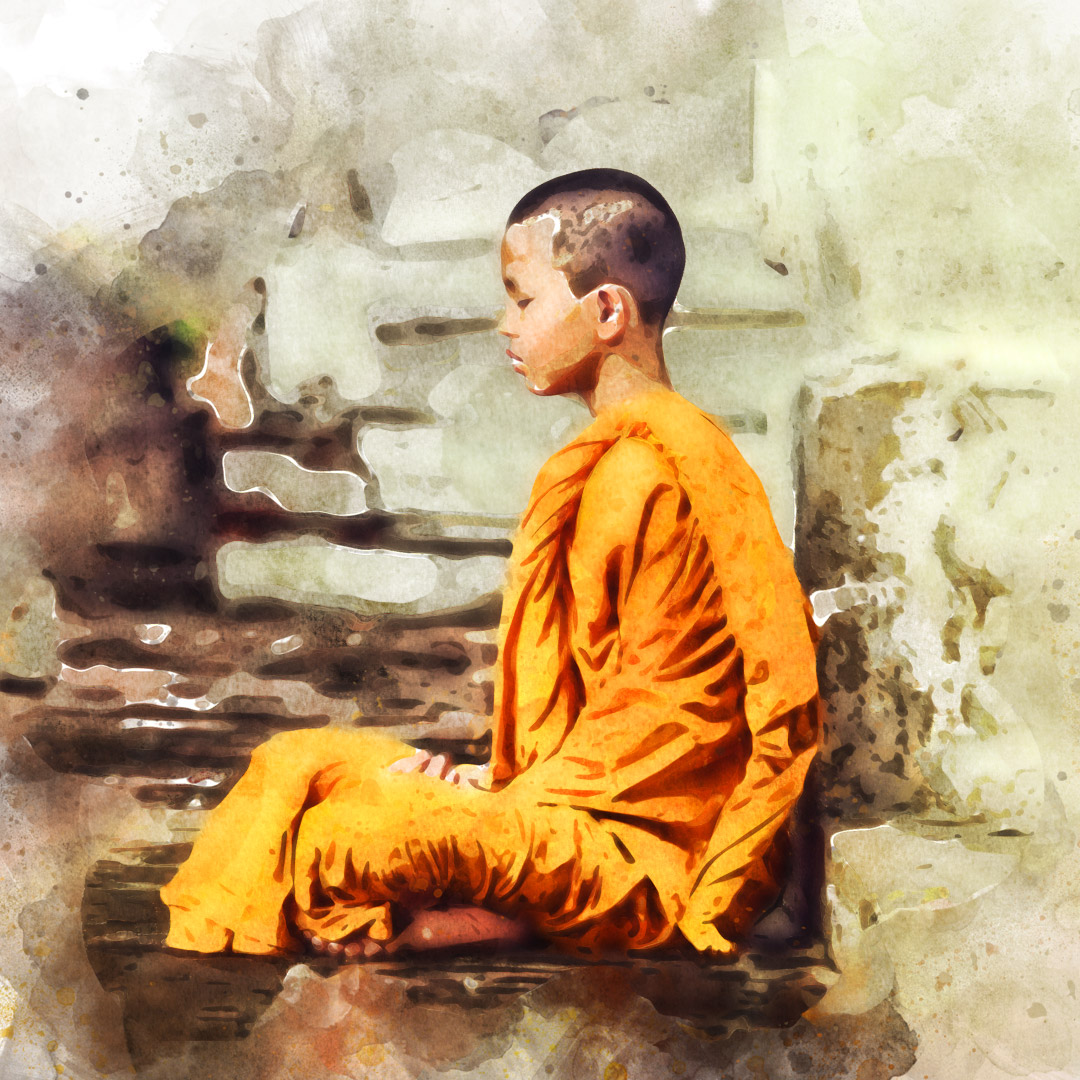PLAY AUDIO BELOW
Vipassana Insight Meditation was taught by Buddha himself. The practice aims to liberate the meditator from grief and sorrow(1).
We are shaped by our thoughts; we become what we think. When the mind is pure, joy follows like a shadow that never leaves.
-Buddha
The primary purpose of Vipassana Insight Meditation is to offer complete freedom from human suffering(2). However, it can take anywhere from days to an entire lifetime or beyond to attain the result. It depends on the spiritual evolution of the practitioner’s soul. But, long before the meditator can achieve liberation, the technique can help one free their mind from desires and help them live more fully in the present(2).
History/Origins
Buddha taught the art of Vipassana Insight Meditation, and he described it as the “direct way” to attain Nirvana while overcoming grief and sorrow(1). It is known as the oldest Buddhist meditation method and it comes from Satipatthana Sutta (Foundations of Mindfulness), another technique believed to be taught by Buddha(3).
Anything that arises in the mind will manifest itself as a sensation on the body; if you observe this sensation you are observing both the mind as well as matter.
-S.N.Goenka
Benefits of Vipassana Insight Meditation
According to a research article published in the International Journal of Psychophysiology(7), Insight (Vipassana) Meditation has the potential to improve overall well-being. The article also suggests that the meditation technique can help build a state of mind of positive and full immersion during any activity. Another study(8) shows that Vipassana Insight Meditation can enhance the quality of sleep. Regular practice of this method can cure sleep-related problems. Other studies have shown that Insight (Vipassana) Meditation can also help release stress(9), reduce anxiety(10), and promote brain plasticity to improve mental functioning and memory(11).
References
- Buddhist Publication Society | The Progress of Insight: A Treatise on Satipatthana Meditation by Mahasi Sayadaw
- Pariyatti Publishing | Karma and Chaos: New and Collected Essays on Vipassana Meditation by Paul R. Fleischman and Forrest D. Fleischman
- indiatoday.in | January 15, 2018 | What exactly is Vipassana, the meditation technique President Kovind swears by?
- Department of Religious Affairs | 1979 | The Satipatthana Vipassana Meditation: A Basic Buddhist Mindfulness Exercise by The Venerable Mahasi Sayadaw Agga Maha Pandita
- Shambhala | Insight Meditation: A Psychology of Freedom by Joseph Goldstein
- Shambhala | The Path of Insight Meditation by Jack Kornfield
- International Journal of Psychophysiology | Volume 89, Issue 3 | Mindfulness meditation, well-being, and heart rate variability: A preliminary investigation into the impact of intensive Vipassana meditation by Jonathan R. Krygier, James A. J. Heathers, Sara Shahrestani, Maree Abbott, James J. Gross and Andrew H. Kemp
- Sleep and Biological Rhythms | Volume 4 | 2006 | Evaluation of sleep architecture in practitioners of Sudarshan Kriya yoga and Vipassana meditation by Sathiamma Sulekha, Kandavel Thennarasu, Appajachar Vedamurthachar, Trichur R. Raju, and Bindu M. Kutty
- Stress and Health | Volume 31, Issue 5 | 2015 | Evaluation of Vipassana Meditation Course Effects on Subjective Stress, Well-being, Self-kindness and Mindfulness in a Community Sample: Post-course and 6-month Outcomes by Roberta A. Szekeres and Eleanor H. Wertheim
- Scientific Reports | Volume 9 | 2019 | Alterations in Brain Structure and Amplitude of Low-frequency after 8 weeks of Mindfulness Meditation Training in Meditation-Naïve Subjects by Chuan-Chih Yang, Alfonso Barrós-Loscertales, Meng Li, Daniel Pinazo, Viola Borchardt, César Ávila and Martin Walter
- Neural Plasticity | 2018 | Mindfulness Meditation Is Related to Long-Lasting Changes in Hippocampal Functional Topology during Resting State: A Magnetoencephalography Study by Anna Lardone, Marianna Liparoti, Pierpaolo Sorrentino, Rosaria Rucco, Francesca Jacini, Arianna Polverino, Roberta Minino, Matteo Pesoli, Fabio Baselice, Antonietta Sorriso, Giampaolo Ferraioli, Giuseppe Sorrentino, corresponding author and Laura Mandolesi






